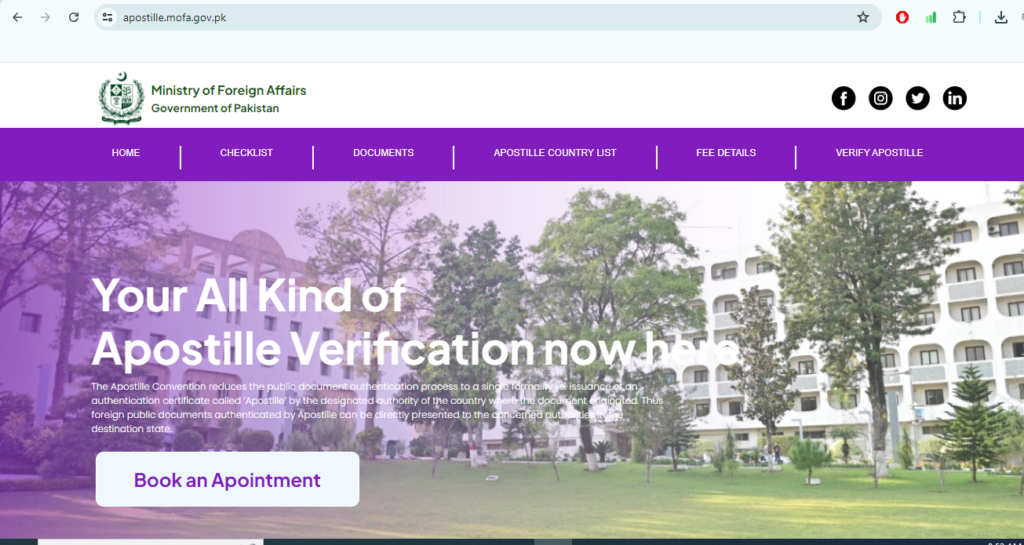Family reunification stands as a cornerstone of immigration policy in many countries, reflecting a commitment to keeping families together and recognizing the significant social and economic contributions that families make to their new homes. Navigating the complex landscape of family immigration can be daunting, filled with intricate procedures, eligibility requirements, and supporting documentation. This guide aims to provide a comprehensive overview of the family immigration process, offering insights and practical advice for individuals and families seeking to reunite in a new country.
Understanding Family Immigration
What is Family Immigration?
Family immigration, also known as family-based immigration, allows citizens and lawful permanent residents (green card holders) of a country to sponsor certain family members for permanent residency. This process prioritizes family unity, recognizing the importance of familial support networks for successful integration and overall well-being.
Who Can Sponsor a Family Member?
- U.S. Citizens: Can sponsor spouses, children (married or unmarried, under or over 21), parents, and siblings (if the citizen is over 21).
- Lawful Permanent Residents (Green Card Holders): Can sponsor spouses and unmarried children (under 21 and over 21).
- Example: A U.S. citizen can petition for their brother to immigrate, while a green card holder cannot petition for their sibling. This is a crucial distinction to understand.
Priority System and Visa Categories
Family-based immigration operates under a preference system, where certain family relationships are prioritized. These preferences are categorized and have annual limits, which can lead to waiting times, especially for individuals from countries with high demand.
- Immediate Relatives: Spouses, unmarried children under 21, and parents of U.S. citizens (citizen must be over 21). There are no numerical limitations for this category.
- Family Preference Categories:
F1: Unmarried sons and daughters (21 or older) of U.S. citizens.
F2A: Spouses and children (under 21) of lawful permanent residents.
F2B: Unmarried sons and daughters (21 or older) of lawful permanent residents.
F3: Married sons and daughters of U.S. citizens.
F4: Brothers and sisters of U.S. citizens (citizen must be 21 or older).
- Actionable Takeaway: Determine your eligibility as a sponsor and identify the appropriate family preference category for your relative to understand potential waiting times.
The Immigration Process: A Step-by-Step Guide
Filing the Petition (Form I-130)
The first step in the family immigration process is the filing of Form I-130, Petition for Alien Relative, with the United States Citizenship and Immigration Services (USCIS). This petition establishes the familial relationship between the sponsor and the beneficiary (the relative seeking to immigrate).
- Key Requirements: Accurate completion of the form, proof of the sponsor’s U.S. citizenship or lawful permanent resident status, and evidence of the familial relationship (e.g., marriage certificate, birth certificate).
- Example: When petitioning for a spouse, you must provide a copy of your marriage certificate and evidence of a bona fide marriage (e.g., joint bank accounts, photos, leases).
National Visa Center (NVC) Processing
Once the I-130 petition is approved, it is sent to the National Visa Center (NVC). The NVC collects necessary fees and documents from the beneficiary to prepare the case for an immigrant visa interview.
- Key Steps:
Paying visa application fees.
Submitting required documents, including the Affidavit of Support (Form I-864), which demonstrates the sponsor’s ability to financially support the beneficiary.
Completing the DS-260, Online Immigrant Visa Application.
- Tip: Gather all required documents early in the process to avoid delays. Common reasons for delays include missing information on the DS-260 or insufficient financial documentation.
Immigrant Visa Interview
After the NVC determines that the case is documentarily complete, they schedule an immigrant visa interview for the beneficiary at a U.S. embassy or consulate in their home country.
- What to Expect: The interview assesses the beneficiary’s eligibility for an immigrant visa and verifies the information provided in their application.
- Important Documents: Original documents, including birth certificates, marriage certificates, police certificates, and medical examination results.
- Example: Be prepared to answer questions about your relationship with your sponsor, your intentions in the U.S., and your background. Honesty and consistency are crucial.
Adjustment of Status (for those already in the U.S.)
If the beneficiary is already physically present in the United States and meets certain eligibility requirements, they may be able to apply for Adjustment of Status (Form I-485) to become a lawful permanent resident without having to return to their home country for an interview.
- Eligibility Requirements: Must have entered the U.S. legally, be physically present in the U.S., and be otherwise eligible for an immigrant visa.
- Actionable Takeaway: Consult with an immigration attorney to determine if Adjustment of Status is the right option for you.
Financial Requirements and the Affidavit of Support
The Affidavit of Support (Form I-864)
The Affidavit of Support is a legally binding contract in which the sponsor agrees to financially support the beneficiary and ensure they do not become a public charge (dependent on government assistance).
- Income Requirements: The sponsor must demonstrate that their income meets or exceeds 125% of the federal poverty guidelines for their household size, including the beneficiary.
- Alternative Options: If the sponsor’s income is insufficient, they may use assets to meet the requirement or find a joint sponsor who meets the income requirements.
- Example: If a U.S. citizen sponsors their spouse and has a household size of 2, they need to demonstrate an income above the 125% poverty level threshold for a household of 2. The exact amount varies by year and is published by USCIS.
Public Charge Rule
The public charge rule allows immigration officials to deny admission or adjustment of status to individuals who are likely to become primarily dependent on the government for subsistence.
- Factors Considered: Age, health, family status, assets, resources, and education.
- Actionable Takeaway: Understand the financial requirements and gather necessary documentation to demonstrate your ability to support your family member.
Common Challenges and How to Overcome Them
Backlogs and Waiting Times
Due to annual limits and high demand, waiting times for family-based visas can be significant, particularly for preference categories and individuals from certain countries.
- Strategies:
Check visa bulletin regularly for updates on visa availability.
Ensure your application is complete and accurate to avoid delays.
Consult with an immigration attorney to explore alternative options.
Complex Documentation Requirements
Gathering and submitting the required documentation can be challenging, especially if records are unavailable or difficult to obtain.
- Tips:
Start gathering documents early in the process.
Translate any foreign language documents into English.
Contact the relevant authorities in your home country to obtain necessary records.
Denials and Appeals
Immigration petitions and visa applications can be denied for various reasons, such as insufficient evidence, misrepresentation, or ineligibility.
- Options:
File an appeal with the Administrative Appeals Office (AAO).
File a motion to reopen or reconsider the case.
Consult with an immigration attorney to discuss your options and potential legal remedies.
- Actionable Takeaway: Be proactive, diligent, and seek professional help when needed to navigate potential challenges.
Conclusion
Family immigration offers a vital pathway for families to reunite and contribute to their new communities. While the process can be complex and time-consuming, understanding the requirements, gathering the necessary documentation, and seeking professional guidance when needed can significantly improve your chances of success. By staying informed and prepared, you can navigate the family immigration process with confidence and bring your loved ones closer to a brighter future. Remember to stay updated with the latest USCIS guidelines and regulations to ensure compliance throughout your immigration journey.

